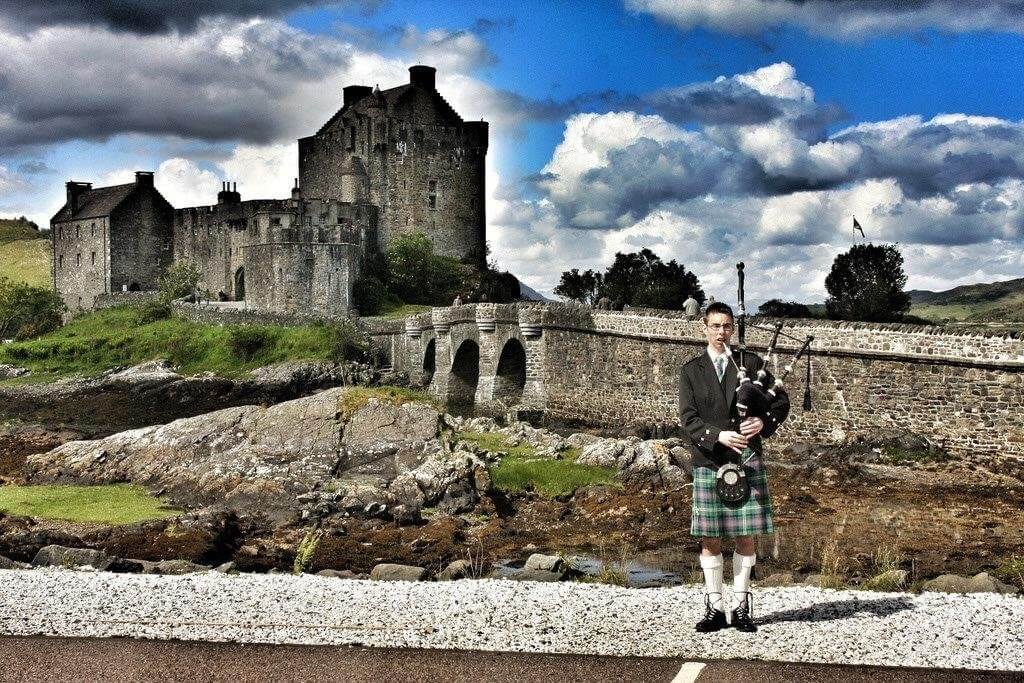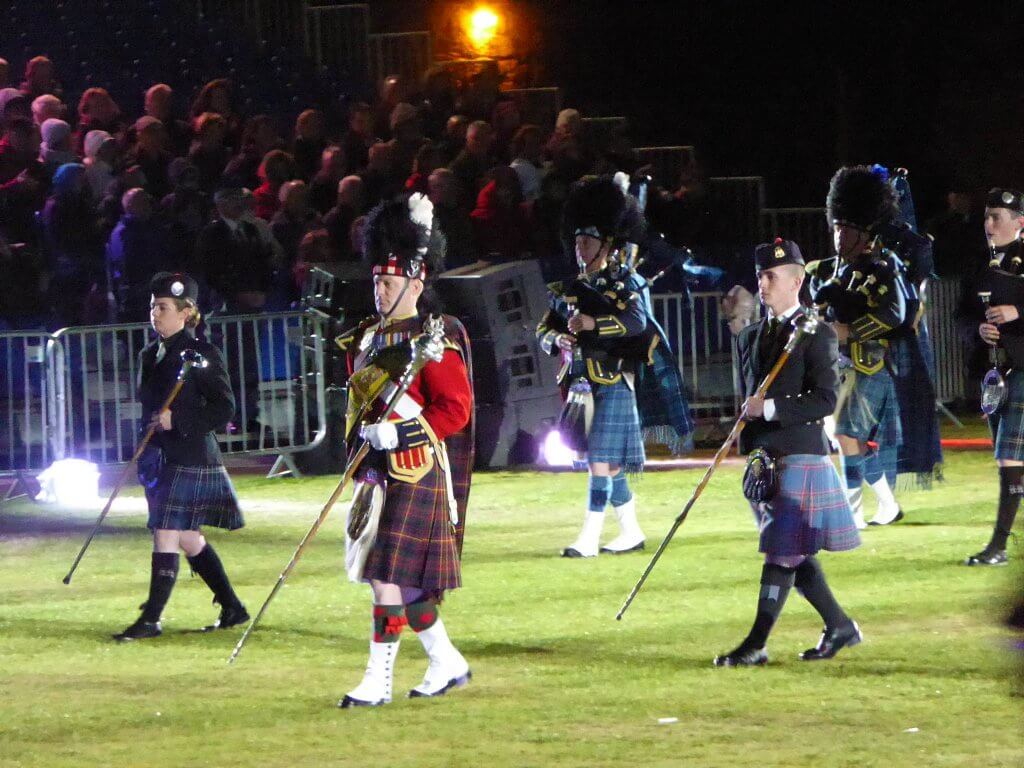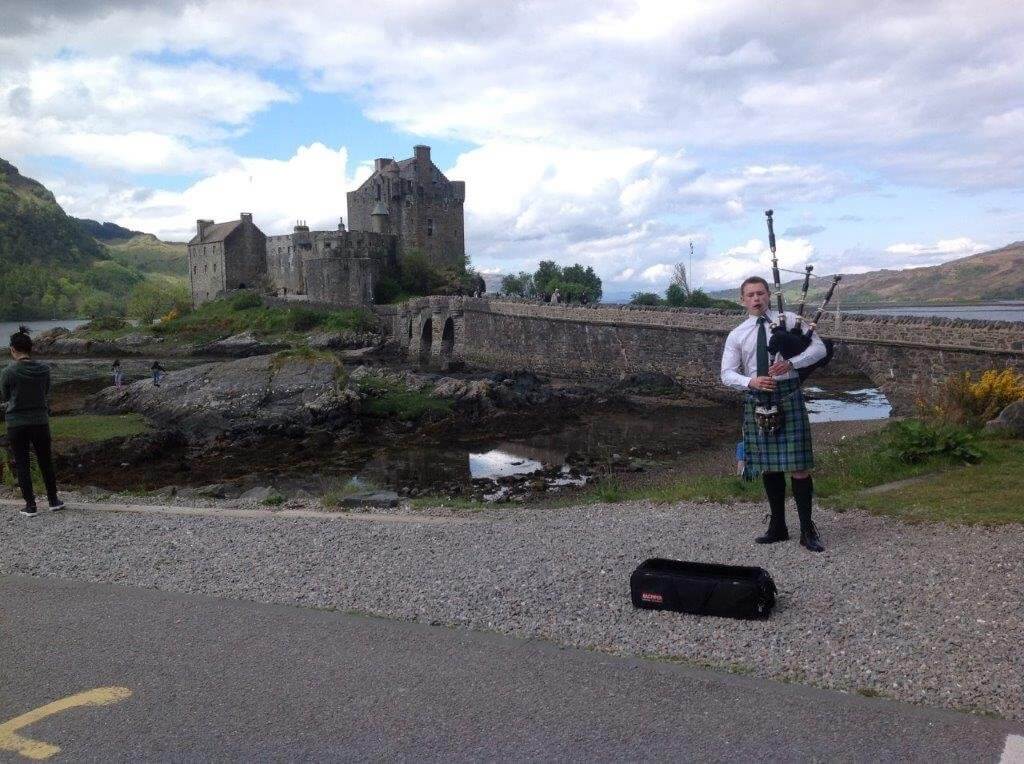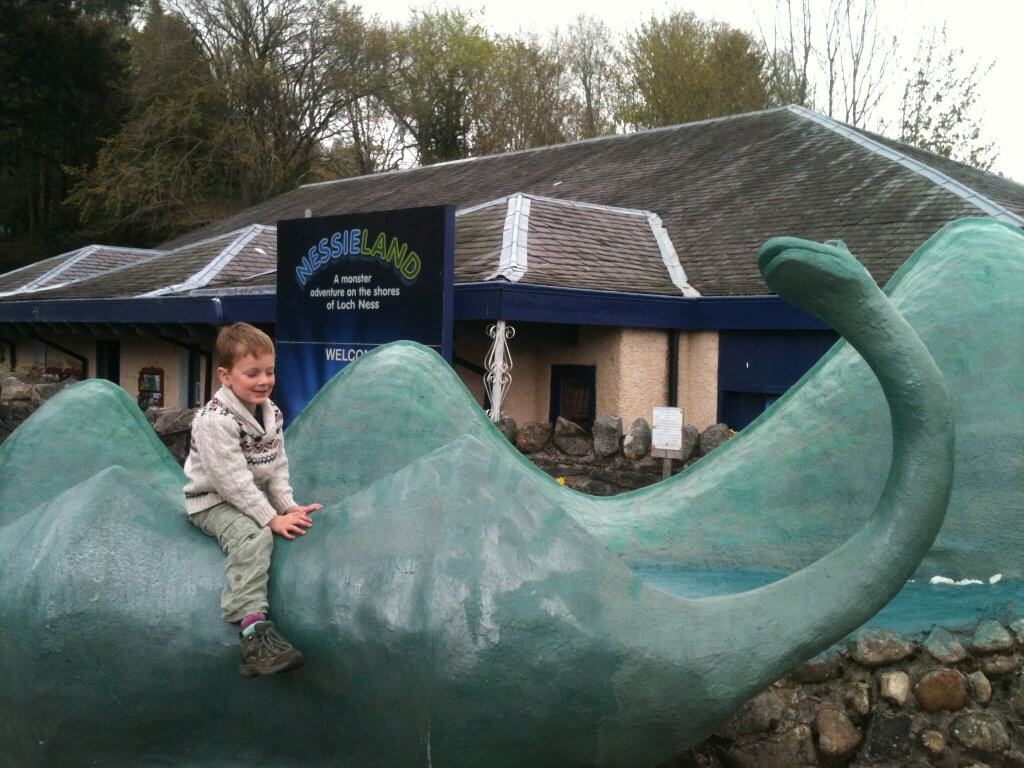Is there a link? The shape seems somewhat familiar. When you look at the instrument which is the bag of the bagpipes: Scotland, famous for both of these. You will find the 2 together without trying that hard, particularly if you are in Scotland in January. Burns night is now celebrated the world over and you may have heard of the “Ode to the haggis”. It is traditional for the haggis to be piped into the hall for everyone to feast on it on Burns night. One of his most famous poems is the Ode to the Haggis (if you don’t count the words to Auld Lang Syne).
Also, don’t believe it’s a real animal. The infamous Scottish dish is made with the heart, liver, and lungs of a sheep, traditionally ground/minced with onion, oatmeal, suet, spices, and salt. Boiled in the animal’s stomach. At first you may balk at the thought but what is a traditional sausage made from? Or meatloaf? Haggis is a delicious unusual flavour and you must try before you decide. A soft texture, a hint of spices, a peppery kick without being ‘hot’ and rustic.
No records share the original conception, but a similar dish was mentioned in Greece 2,500 years ago. Your haggis should be accompanied with heaps and tatties, this translates to a Scots yellow turnip and potatoes. Both served separately on your plate and mashed.
That’s the authentic Scottish taste, a winter warmer! I’ve enjoyed multiple times with a whisky cream sauce or red berry sauce and, of course, British household favourite, Heinz ketchup.
We have 2 favourite haggis dinners here at Fraoch Lodge:

I’ve heard of a joke but in no way is the bagpipe an animal either! The bagpipe is a musical instrument that somehow uses reeds, pipes, and a bag full of air to create a sound that is distinctly Scottish. I say ‘somehow’, I’ve found a photo that shows the internal dynamics, hope this helps your understanding of how the magic happens.
The bagpipe is at its most impressive heard and seen at the Edinburgh Royal Tattoo by the military marching bands. Alternatively, a Highland Games will always have the local bagpipers performing, accompanied with traditional dancers.

Abernethy Highland Games
The original version of the instrument can be traced back as far as the 2nd century and not in Scotland! After many centuries and ‘tweaks’, the bagpipe as we know it came into use sometime around the 1700s. It was said that the penetrating sound worked well above the roar of battle and the drones could be heard up to 10 miles away.
The bagpipe is credited to have had a genuine patriotic influence at the time of the Highland uprisings. Following the defeat at the Battle of Culloden, the London government attempted to rid Scotland of its clan system by passing a Parliamentary Act which made “the carrying of weapons, such as those vicious bagpipes” a penal offence. Needless to say, the Act didn’t last very long.
by Rowan Lingard

Traditional Scottish kilts are worn by all Scottish massed pipe bands.
What is Scotland famous for? … Tartan and the Kilt
Sounds like a great name for a pub, don’t you think? Tartan was first recorded in Scotland circa 1540, a fabric production and design originating in the Highlands. The fabric is made of twill woven sheep’s wool. The communities are known for their weaving; the fabric is made of a distinctive horizontal and vertical stripes and squares pattern known as a “sett”. The design of these stripes and background colour is also referred to as the tartan. A Scottish fashion statement. In the modern world you can see it featured prominently in interior designs or on the catwalk of Burberry and Vivienne Westwood.
Originally, clans people would maximise their animal stock for warmth and food. The crofters would shear the fleece, spin it into wool fibre and dye it. The multiple colours came from local plants, mosses and berries. Don’t attribute special meaning to any of the original colours. This is all a modern-day myth. One such tale is that red tartans were ‘battle tartans’ designed to mask the colour of bloodshed.
The Kilt is a mysterious piece of clothing. It has been around since the 16th century and is essentially a wraparound skirt for a man. Scottish men have no problem wearing a skirt because, well, they’re Scottish and this is one very important tradition. The kilt is durable and long-lasting; an untailored 5 metre-long a piece of tartan, worn around the waist usually worn with a sporran – a small bag worn around the waist, over the kilt. Sporran is the Gaelic word for purse. A Sgian dubh (pronounced skee-an doo), a small dagger, sits in the sock.
NB If you’re expecting all the men in Scotland to be walking the streets in kilts, you’re going to be disappointed. Kilts are expensive pieces of clothing. As such they are generally reserved for special occasions such as weddings (unless you work as a tourist guide!)

In the past, the long length of fabric was deliberate to enable the wearer to fashion a 3rd of the fabric over the shoulder. This upper section could be adjusted depending on the weather and temperature. The kilt became much more popular in the 21st century after being chosen as uniform by Highland regiments of the British Army.
The naming and registering of clan tartans began in April 1815; the Highland Society of London resolved that all the clan chiefs “be respectfully solicited to furnish the Society with as much of the Tartan of his Lordship’s Clan as will serve to Show the Pattern and to Authenticate the Same by Attaching Thereunto a Card bearing the Impression of his Lordship’s Arms.” Many had no absolute idea of what their tartan might be but were keen to comply and to provide authentic signed and sealed samples.
Today tartan and “clan tartan” is an important part of a Scottish clan. Almost all Scottish clans have several tartans attributed to their name. Several clans have “official” tartans. It is possible for anyone to create a tartan and name it as they wish however the only person with the authority to make a clan’s tartan “official” is the chief. If you’ve a design of your own, you can commission your own tartan. You can even submit it to the Scottish Register of Tartans for approval.
If you’re looking for a specific design of tartan, search through the thousands on the Scottish Register of Tartans’ online collection to find your perfect combination and design. Boat of Garten even has its own tartan. Try Kinloch Anderson, they also have a Heritage Room Museum to see the history of the family over 140 years. Visit the Lochcarron Weavers Shop in Loch Carron in Wester Ross, Highlands.
Would you like to see a kilt being made? There is an exhibition in Inverness. If you visit on a weekday, you will see the kiltmakers at work. If you’re there at a weekend, you’ll have to make do with a video presentation, but it is still quite fascinating to visit the exhibition.

Traditional Scottish kilts are worn in a ceremony.
The very first recorded appearance of the Loch Ness Monster occurred in 565 AD, when a “water beast” attacked one of St. Columba’s followers in the loch. Note, it’s not a lake. Then the not-so-delightful monster went on a holiday.
It is now one of the best modern-day tourist attractions that you’re not actually guaranteed to see!
Our Loch Ness Monster returned and was nicknamed “Nessie”; she first popped up again in 1933 and has been much loved and only a couple of times capture on film. Photographed with her infamous giraffe-like neck peering out of the water… or was it a stick? Unfortunately, even though we’ve more cameras and smartphones visit Loch Ness than ever, we’ve no new photos for decades. Come on, Nessie, we want to see you again.

Obviously not the real deal – but perhaps the closest we’ll get to the legend herself
salmon – whisky – castles – golf – textiles – shellfish – military Tattoo – Edinburgh Festival – music – bagpipes and many more
Fifty plus – a new place from which to analyse life.It’s amazing how from one day to the next your perspective on life can change. All kinds of things can precipitate change:
I don’t know if we’re being manipulated by outside influences but each new decade seems to be a cause to celebrate, but what’s different about a new decade? Why do we see a need to celebrate? Is it related to the decimal system, or is that just a coincidence? Must have been much more difficult when we had an imperial measuring system – we wouldn’t have known where to place the “yardstick”!

A new decade seems like something we feel the need to celebrate, apart from when we turn 20 (this is dwarfed by our 18 and 21 celebrations). Starting double figures at 10 seems like a giant hurdle for the wee ones as they’re no longer wee. At 30 and 40 dread fills us at the thought of responsibility – all the things we feel we should be doing “by now”, but when 5o comes up, there’s something different about that one. We all know that we’re unlikely to live until 100. We could get close, but the grand old age of 100 is something most of us are unlikely to see. So when we reach 50, with it comes the realisation that actually your life could well be closer to the end than the beginning. Will 60 be even more scary?
For me, 20 was overshadowed by the looming prospect of being 21 and graduating from university. At 30 I had just finished training properly to be a history teacher. I was preparing to look for a UK based job. Then I changed directions and moved up to the Highlands. My 40th birthday was overshadowed by being 8 months pregnant with the far more alarming prospect of becoming a mother. I suppose then that 50 is the first time I’ve been able to focus on the actual number.
You only have to do a quick google search on turning 50, to find out that we’re not unique in pondering the significance.
Why 50 is so different from any other decade.
Why we should celebrate being 50 – the quintastics
The good, the bad and the ugly of turning 50
This time around we’re not planning to up sticks and more somewhere different. We’re not planning to change career directions and we’re definitely not planning to add to the human family. But we need something to focus on so: 50@50. A new challenge to fill up already full lives.
Somehow along with all our regular commitments and trips, we need to find the time to conquer 50 new Munros summits. (Andy will do all of them and Gregor and I will do as many as we can fit in outside of school commitments.)
Our Munro commitments already include: winter munros and Glencoe winter munros and 4000er trips.
By the time we’re 51 we should be a lot fitter. We’ll also have had a great deal of quality family time tramping the hills. What more could we wish for?

All content © Copyright Scot Mountain Holidays 2025
Responsive web design by Summit Web Solutions